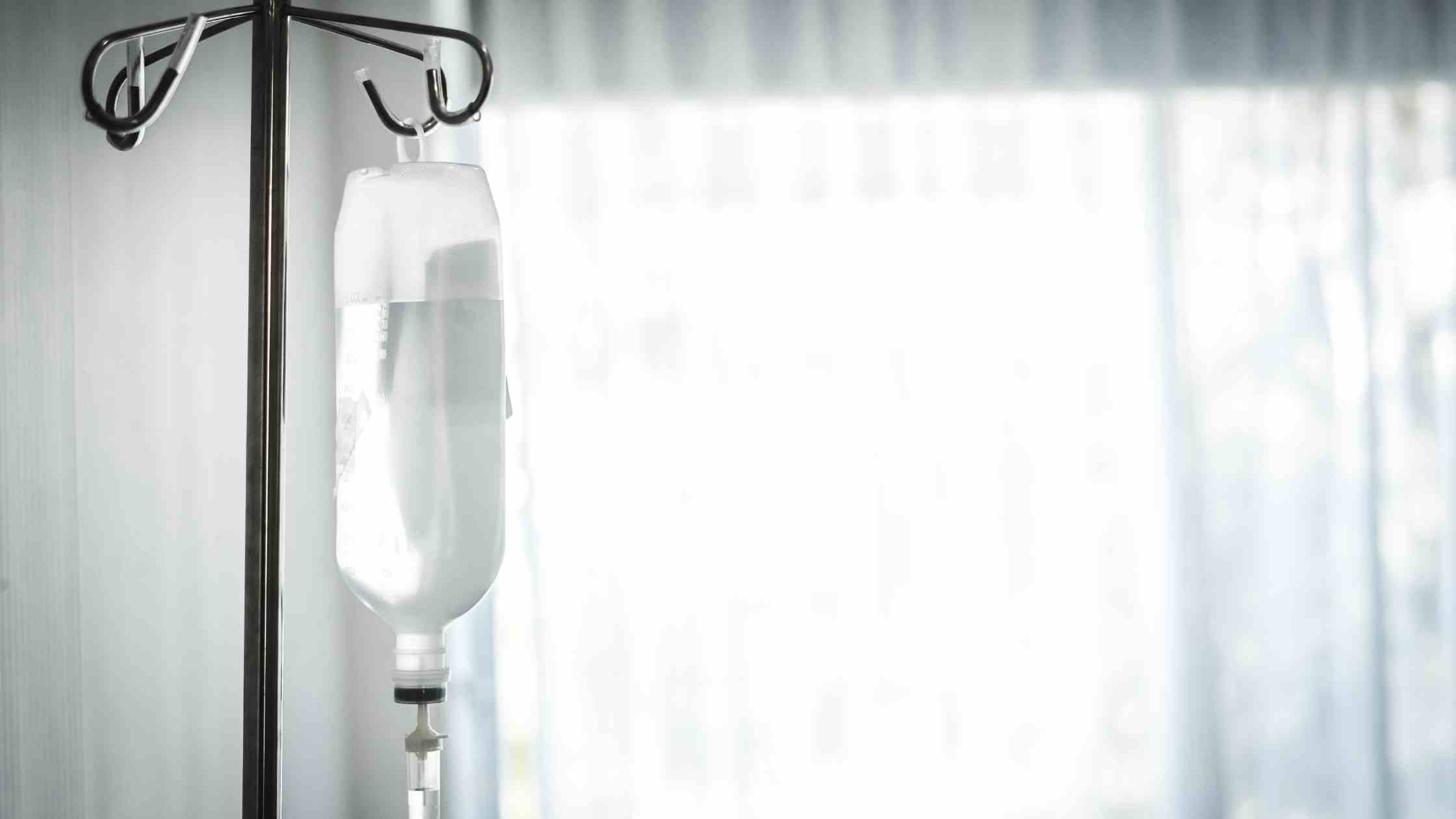
Why Hospitals Use Saline Solutions to Hydrate Patients Instead of Distilled Water
When you’ve ever been in a hospital or clinic, you might have noticed that patients are given saline solutions through an IV rather than just plain distilled water. If you’re like me, you’ve probably wondered why hospitals choose saline instead of something that seems simpler, like distilled water. After all, both seem like they’re just water, right? So, why the difference? The answer has to do with the body’s needs and the way fluids interact with our cells.
Hospitals use saline solutions to hydrate patients for very specific and important medical reasons. Here’s a breakdown of why saline is the preferred solution and why distilled water just doesn’t cut it when it comes to hydration in a medical setting.
1. Electrolyte Balance
One of the most critical reasons saline solutions are used instead of distilled water is to maintain the body’s electrolyte balance. Our bodies rely on electrolytes, such as sodium, potassium, and chloride, to help regulate fluid balance, nerve function, and muscle contraction.
A saline solution typically contains sodium chloride, which mirrors the concentration of electrolytes found in the human body. Normal saline (0.9% sodium chloride) is especially important because it helps maintain the right balance of fluids and electrolytes in the bloodstream. Without this balance, cells in the body could either swell or shrink, which could lead to serious complications like cell damage or organ failure.
Distilled water, on the other hand, is pure water without any dissolved salts or minerals. If you were to give a patient distilled water, it could potentially disrupt the delicate balance of fluids and electrolytes, causing water intoxication or hypotonicity. This could be harmful because it would cause fluid to move into cells, leading them to swell and possibly rupture.
2. Osmolarity and the Risk of Hemolysis
Another key reason for using saline over distilled water is the osmolarity of the solution. Osmolarity refers to the concentration of solutes in a solution. Saline solutions are isotonic, meaning their osmolarity is similar to that of blood plasma. This makes them safe for intravenous infusion because they won’t disrupt the normal functioning of red blood cells.
If you were to use distilled water (which is hypotonic), it would have a much lower osmolarity than the fluid inside red blood cells. This difference could lead to the hemolysis (rupture) of red blood cells as water rushes into the cells to balance the osmotic pressure. This would not only reduce the blood’s oxygen-carrying capacity but could also lead to severe medical complications.
3. Prevention of Overhydration or Dehydration
Hydrating patients is a key part of treatment, especially when dealing with dehydration or fluid loss due to illnesses, surgery, or trauma. Saline solutions offer controlled hydration, ensuring that the fluid is delivered in a way that doesn’t overwhelm or dehydrate the body.
Saline solutions can be tailored to a patient’s specific needs based on their medical condition. For instance, if a patient is severely dehydrated, they may receive a higher concentration saline solution, which allows for gradual rehydration. In contrast, distilled water would not offer such flexibility and could easily overhydrate or cause electrolyte imbalances.
4. Avoiding Complications in Specific Medical Conditions
Certain medical conditions, such as kidney disease or heart failure, require that fluid be managed carefully. In these cases, the wrong kind of hydration can lead to fluid retention, edema, or heart strain. By using saline solutions, healthcare providers can administer fluids with the right balance of electrolytes, avoiding complications.
In addition, some patients may need specialized hydration that includes added potassium or glucose, which can be delivered through saline mixtures. Distilled water, however, offers no such customization and could lead to serious health issues if used inappropriately.
5. More Effective Absorption and Use in Medical Treatments
Saline solutions are also used as vehicles for delivering medications, especially intravenous drugs. Medications are often diluted or mixed with saline to ensure they are absorbed properly by the body. Distilled water, due to its lack of minerals and solutes, may not provide the same stability for medications and could affect their efficacy or cause complications in the body’s ability to process them.
What to Note
While distilled water might seem like a simple and pure option, saline solutions are far more suited for hydrating patients in a medical setting. The reasons include their ability to maintain electrolyte balance, avoid osmotic imbalances, and prevent complications related to overhydration or dehydration. Additionally, saline’s role in supporting intravenous medications and its compatibility with the body’s natural processes make it an essential part of medical care.
So, the next time you see a patient receiving an IV drip, you can rest assured that it’s not just water going in—it’s a carefully crafted solution designed to keep the body in balance and support recovery. Saline solutions help maintain the body’s delicate equilibrium, ensuring that hydration is both safe and effective.
Cite this article
You can copy and paste your preferred citation format below.
Martin, L. & Arquette, E.. (2025, May 6). Why Hospitals Use Saline Solutions to Hydrate Patients Instead of Distilled Water. Coursepivot.com. https://coursepivot.com/blog/why-hospitals-use-saline-solutions-to-hydrate-patients-instead-of-distilled-water/



